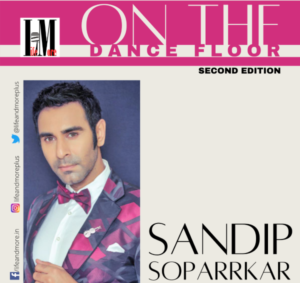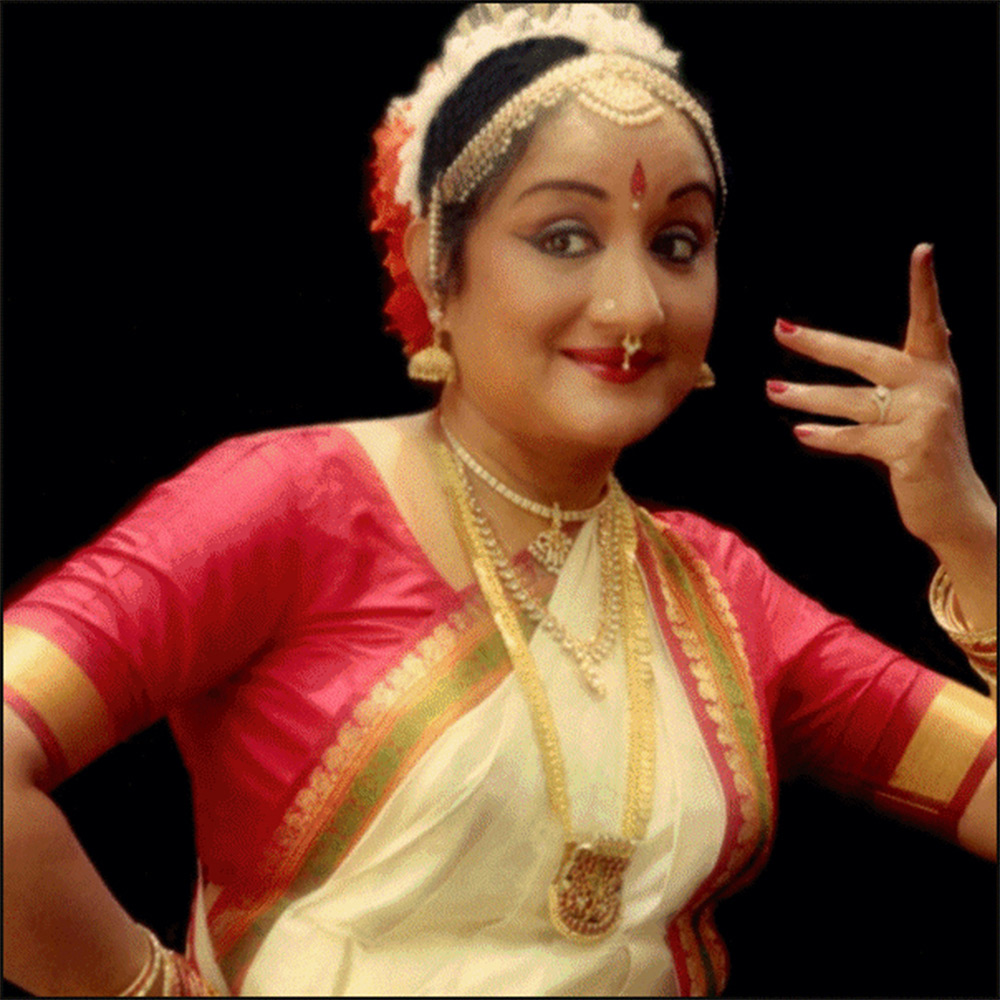Remembering Bharatanatyam doyen Lakshmi Vishwanathan

Last week was sad for the dance community as they mourned the death of renowned Bharatanatyam dancer and guru, writer and research scholar Lakshmi Vishwanathan. She was 78, she had chest congestion and had been on medication, she complained of breathlessness in the morning and passed away suddenly, according to her sister and Carnatic vocalist Charumathi Ramachandran.
Born to K. Vishwanathan, the brother of famous film director K. Subramanyam, and Alamelu Vishwanathan on January 27, 1944, Lakshmi gave her ‘arangetram’ at the Rasika Ranjani Sabha in Mylapore when she was 7. Among the many awards she received are the Kalaimamani from the Tamil Nadu government, the Sangeet Natak Akademi Award from the President of India and titles like Nritya Chudamani (Sri Krishna Gana Sabha) and Nritya Kalanidhi (The Music Academy, Madras), as well as the Kalidas Samman.
A gold medallist in English literature from Madras University, she authored four books — Kunjamma-Ode to a Nightingale (a biography of M.S. Subbulakshmi); Women of Pride-the Devadasi Heritage; Kapaliswara Temple; and Bharatanatyam: The Tamil Heritage.
N. Murali, President of The Music Academy, said, “Her dance had an in-depth and scholarly approach underpinned by beauty and subtlety. Starting with a classical Margam format in the early stages, her dance evolved into thematic and group presentations. She can be described as a Dancer’s Dancer. She was a fine writer, scholar and researcher with many articles, lecture demonstrations and books to her credit. She had a long association with The Music Academy as a member and later as a Vice-President. She was also the recipient of many awards, including the Nritya Kalanidhi Award from The Music Academy for the year 2017.”
Bharatanatyam guru and well-known danseuse Padmashri Geeta Chandra said, “There are many aspects of Lakshmi that can be recalled with love: her razor sharp wit, her scholarship, her mentoring of researchers, etc. etc. that list is endless. But what appealed to me most was her dance. Lakshmi and I shared a common vision of Bharatanatyam in which music and musicality of movement were the beginning points of dance. The reverberation of the spine to every sangati and nuance of the singing defined her approach to dance and especially to abhinaya. This was what linked us deeply – despite the decades that separated us.” She further added, “Watching her perform was a delight.
The way she appealed to Tyagesa in her varnams was special – her bend from the waist and her bobbing head to the raga cadence – wah! No Tyagesa could ever reject her appeal. Her vast treasury of padams and javalis delivered with a tongue-in-cheek naughtiness is another evergreen memory. I just spoke to her the day before her death inviting her to lecture at my upcoming World Dance Day celebrations. She accepted in a jiffy and we were plotting a topic that she had not done before – the use of architectural motifs in dance. Alas, that was not to be! NAMAN. Goodbye dream girl!”
Ms. Ramachandran, who has sung for performances of Lakshmi for 20 years, said, “She was wedded to the aesthetics of music dance as she trained along with Sujaya, our sister. She was very finicky about dance orchestra standards and volume. She was the first to start English explanations for each item in the early 70s. She was obsessed with the traditional ‘Varnams’ of the Thanjavur Quartet. We learnt ‘Padams’ and ‘Javalis’ from Brinda and Mukta and Swathi Thirunal compositions from Semmangudi Srinivasa Iyer”.
Remembering Lakshmi Vishwanathan fondly Bharatnatyam exponent, Sangeet Natak Akadami Awardee Rama Vaidhyanathan said, “She will be remembered for her artistry, her scholarship, and her witty humour. She lived life on her own terms and lived every moment of it with great élan. I bid you a tearful goodbye dear Lakshmi Akka!”
The first thing that would strike about Lakshmi Vishwanathan was her contentment. She would always smile remembering the highs and lows, which underlines an acceptance of the good and the bad, which in turn reflects her spiritual leaning
The years sat lightly on Lakshmi Vishwanathan, who was often described as a poetic dancer. With a career spanning over 50 years, she combined tradition with innovation without diluting the classicism. Creative without being pedantic, she was a dancer who represented the essence of the Thanjavur bani, mastering a vast repertoire and adding to it her own compositions and choreography. She had directed several dance-theatre productions, studied the history of dance and authored books.
She once had said that “I think getting an award is one way of being in the news, even if you are not performing,” she added with her customary candour. She viewed her dance journey as a yatra — a pilgrimage — and one of discovery as it had been a spiritual, a knowledge-seeking path. It was not only about performance, it was an expression through either a small song of Avvaiyar or a big varnam, which she had not danced before, or a pasuram or a Kshetreyya padam. All this searching, brought her closer to our own culture. This coming together of poetry, music and dance was always an enriching experience for her.
Lakshmi came under the tutelage of Kancheepuram Ellappa in 1968 for a five-year intensive training. In him she found the ideal teacher and learnt a vast repertoire. She learnt Carnatic music, graduated in English Literature from Queen Mary’s College and chose dance as a career. She learnt Kuchipudi, which lent a new dimension to my Bharatanatyam style too.
Her first European tour was in 1971, followed by many more as the years went by recognition motivated her to do better and try new things. Of course, there were ups and downs when it came to performance, but she diversified into research and teaching. She had a Government of India fellowship and had foreigners as students. She was also doing long workshops abroad, where she taught ballerinas Bharatanatyam steps too.
Continuous interaction with such people honed her skills as a writer. She expanded her repertoire and continued dancing at all the festivals including those abroad. It was then that she started writing articles for newspapers as she also interacted with international artistes. Few years back Mark Morris, one of the greatest choreographers who does modern dance to classical music, along with Lakshmi had presented a dance at the South Indian festival at the Lincoln Centre.
It is therefore not surprising that Lakshmi had emerged as a cultural ambassador. She would feel elated when she would put her experience to good use in dance workshops, she often said, “Wisdom is something you cannot share, but knowledge you can and I try my best to always do that.” She not only collaborated with young dancer but also with many legendary artists too like Sonal Mansingh and Sadanam Balakrishnan. She believed that all arts are connected, keeping the doors of the mind open is extremely important. Lakshmi Vishwanathna enjoyed evey bit of her dancing life without expecting too much in return, she took her art very seriously, and excel in it and never succumb to insane competition. Let us all come together and pray for her supremely talented soul.
Sandip Soparrkar holds a doctorate in world mythology folklore from Pacifica University USA, an honorary doctorate in performing arts from the National American University, He is a World Book Record holder,
a well-known Ballroom dancer and a Bollywood choreographer who has been honored with three National Excellence awards, one National Achievement Award and Dada Saheb Phalke award by the Government
of India. He can be contacted on sandipsoparrkar06@gmail.com





